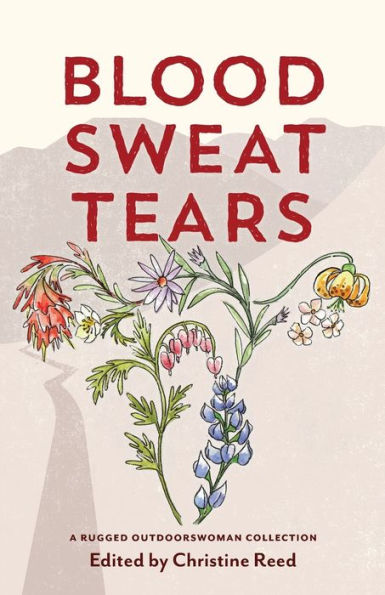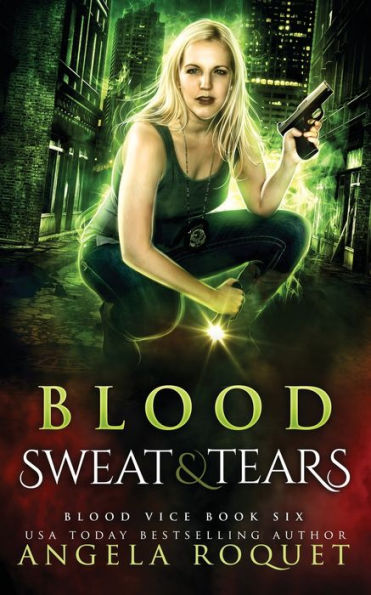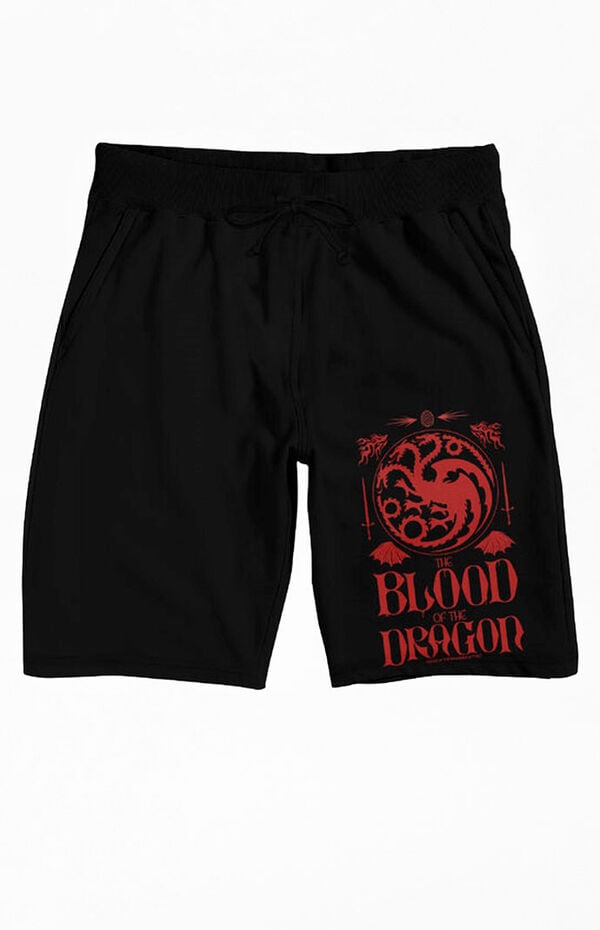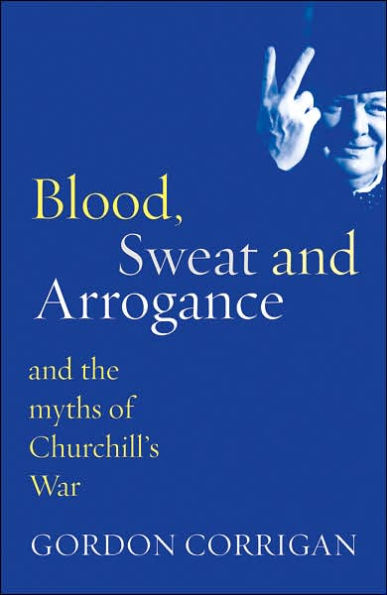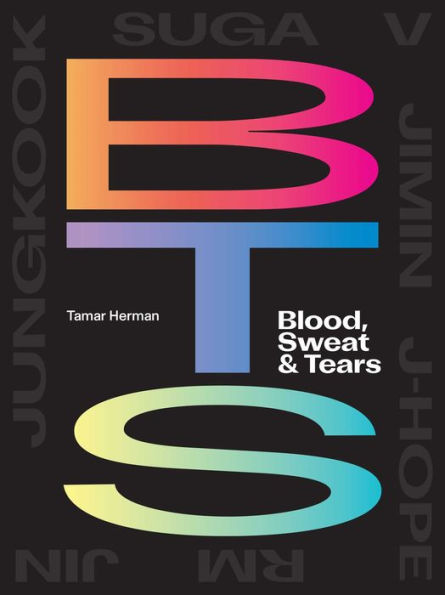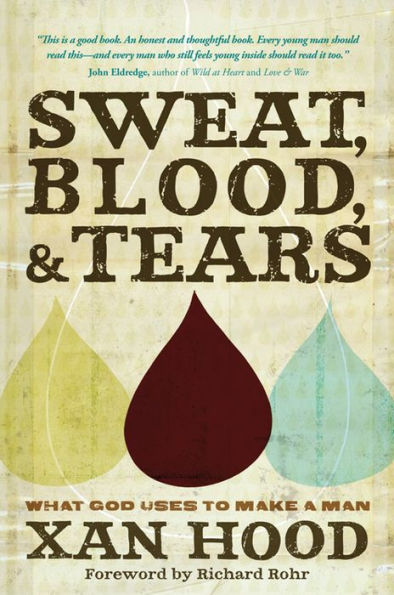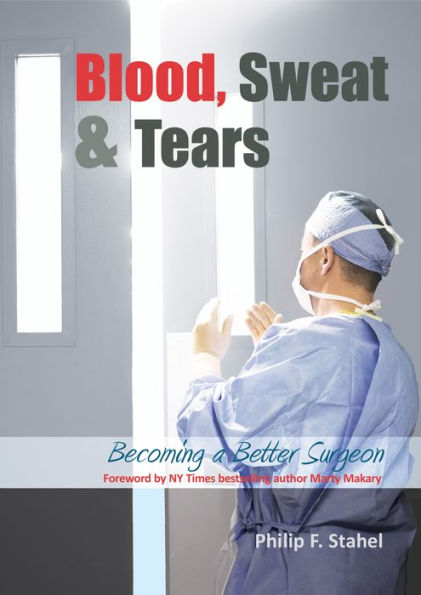Home
Blood Sweat and Tears [Expanded]
Barnes and Noble
Loading Inventory...
Blood Sweat and Tears [Expanded] in Bloomington, MN
Current price: $9.99

![Blood Sweat and Tears [Expanded]](https://prodimage.images-bn.com/pimages/0886978832320_p0_v2_s600x595.jpg)
Blood Sweat and Tears [Expanded] in Bloomington, MN
Current price: $9.99
Loading Inventory...
Size: CD
The difference between
Blood, Sweat & Tears
and the group's preceding long-player,
Child Is Father to the Man
, is the difference between a monumental seller that with its sheer weight of numbers moved onto peoples' turntables and with its instances of experimentation moved millions of listeners and shifted their tastes in new and unexpected ways, and a record that was "merely" a huge critical success. Arguably, the
that made this self-titled second album, consisting of five of the eight original members and four newcomers, including singer
David Clayton-Thomas
, was really a different group from the one that made
, which was done largely under the direction of singer/songwriter/keyboard player/arranger
Al Kooper
. They had certain similarities to the original: the musical mixture of
classical
,
jazz
, and
rock
elements was still apparent and the interplay between the horns and the keyboards was still occurring, even if those instruments were being played by different people.
Kooper
was even still present as an arranger on two tracks, notably the initial hit
"You've Made Me So Very Happy."
But the second
BS&T
, under the aegis of producer
James William Guercio
, was a less adventurous unit and, as fronted by
Clayton-Thomas
, a far more commercial one. Not only did the album contain three songs that neared the top of the charts as singles --
"Happy,"
"Spinning Wheel,"
and
"And When I Die"
-- but the whole album, including an arrangement of
"God Bless the Child"
and the radical rewrite of
Traffic
's
"Smiling Phases,"
was wonderfully accessible.
"Blues, Pt. 2"
may have been nothing special to
aficionados, many of whom resented
, and its brief vignette into
Eric Clapton
territory on its quotation of riffs from a pair of recent
Cream
hits meant nothing to the converted, but it opened up a few million college students who bought this album to a field that they'd scarcely ever bothered with before. This was also the record that almost single-handedly turned French expressionist composer
Erik Satie
into a popular composer 44 years after his death with its opening and closing
"Variations on a Theme of Erik Satie"
and transformed
Satie
"Trois Gymnopedies"
into a popular composition (within a year it was being used in a Maxwell House commercial). It was a repertoire to build a career on, and
did exactly that, although they never came close to equaling this album. [An expanded CD version was released in 2000.] ~ William Ruhlmann & Bruce Eder
Blood, Sweat & Tears
and the group's preceding long-player,
Child Is Father to the Man
, is the difference between a monumental seller that with its sheer weight of numbers moved onto peoples' turntables and with its instances of experimentation moved millions of listeners and shifted their tastes in new and unexpected ways, and a record that was "merely" a huge critical success. Arguably, the
that made this self-titled second album, consisting of five of the eight original members and four newcomers, including singer
David Clayton-Thomas
, was really a different group from the one that made
, which was done largely under the direction of singer/songwriter/keyboard player/arranger
Al Kooper
. They had certain similarities to the original: the musical mixture of
classical
,
jazz
, and
rock
elements was still apparent and the interplay between the horns and the keyboards was still occurring, even if those instruments were being played by different people.
Kooper
was even still present as an arranger on two tracks, notably the initial hit
"You've Made Me So Very Happy."
But the second
BS&T
, under the aegis of producer
James William Guercio
, was a less adventurous unit and, as fronted by
Clayton-Thomas
, a far more commercial one. Not only did the album contain three songs that neared the top of the charts as singles --
"Happy,"
"Spinning Wheel,"
and
"And When I Die"
-- but the whole album, including an arrangement of
"God Bless the Child"
and the radical rewrite of
Traffic
's
"Smiling Phases,"
was wonderfully accessible.
"Blues, Pt. 2"
may have been nothing special to
aficionados, many of whom resented
, and its brief vignette into
Eric Clapton
territory on its quotation of riffs from a pair of recent
Cream
hits meant nothing to the converted, but it opened up a few million college students who bought this album to a field that they'd scarcely ever bothered with before. This was also the record that almost single-handedly turned French expressionist composer
Erik Satie
into a popular composer 44 years after his death with its opening and closing
"Variations on a Theme of Erik Satie"
and transformed
Satie
"Trois Gymnopedies"
into a popular composition (within a year it was being used in a Maxwell House commercial). It was a repertoire to build a career on, and
did exactly that, although they never came close to equaling this album. [An expanded CD version was released in 2000.] ~ William Ruhlmann & Bruce Eder
The difference between
Blood, Sweat & Tears
and the group's preceding long-player,
Child Is Father to the Man
, is the difference between a monumental seller that with its sheer weight of numbers moved onto peoples' turntables and with its instances of experimentation moved millions of listeners and shifted their tastes in new and unexpected ways, and a record that was "merely" a huge critical success. Arguably, the
that made this self-titled second album, consisting of five of the eight original members and four newcomers, including singer
David Clayton-Thomas
, was really a different group from the one that made
, which was done largely under the direction of singer/songwriter/keyboard player/arranger
Al Kooper
. They had certain similarities to the original: the musical mixture of
classical
,
jazz
, and
rock
elements was still apparent and the interplay between the horns and the keyboards was still occurring, even if those instruments were being played by different people.
Kooper
was even still present as an arranger on two tracks, notably the initial hit
"You've Made Me So Very Happy."
But the second
BS&T
, under the aegis of producer
James William Guercio
, was a less adventurous unit and, as fronted by
Clayton-Thomas
, a far more commercial one. Not only did the album contain three songs that neared the top of the charts as singles --
"Happy,"
"Spinning Wheel,"
and
"And When I Die"
-- but the whole album, including an arrangement of
"God Bless the Child"
and the radical rewrite of
Traffic
's
"Smiling Phases,"
was wonderfully accessible.
"Blues, Pt. 2"
may have been nothing special to
aficionados, many of whom resented
, and its brief vignette into
Eric Clapton
territory on its quotation of riffs from a pair of recent
Cream
hits meant nothing to the converted, but it opened up a few million college students who bought this album to a field that they'd scarcely ever bothered with before. This was also the record that almost single-handedly turned French expressionist composer
Erik Satie
into a popular composer 44 years after his death with its opening and closing
"Variations on a Theme of Erik Satie"
and transformed
Satie
"Trois Gymnopedies"
into a popular composition (within a year it was being used in a Maxwell House commercial). It was a repertoire to build a career on, and
did exactly that, although they never came close to equaling this album. [An expanded CD version was released in 2000.] ~ William Ruhlmann & Bruce Eder
Blood, Sweat & Tears
and the group's preceding long-player,
Child Is Father to the Man
, is the difference between a monumental seller that with its sheer weight of numbers moved onto peoples' turntables and with its instances of experimentation moved millions of listeners and shifted their tastes in new and unexpected ways, and a record that was "merely" a huge critical success. Arguably, the
that made this self-titled second album, consisting of five of the eight original members and four newcomers, including singer
David Clayton-Thomas
, was really a different group from the one that made
, which was done largely under the direction of singer/songwriter/keyboard player/arranger
Al Kooper
. They had certain similarities to the original: the musical mixture of
classical
,
jazz
, and
rock
elements was still apparent and the interplay between the horns and the keyboards was still occurring, even if those instruments were being played by different people.
Kooper
was even still present as an arranger on two tracks, notably the initial hit
"You've Made Me So Very Happy."
But the second
BS&T
, under the aegis of producer
James William Guercio
, was a less adventurous unit and, as fronted by
Clayton-Thomas
, a far more commercial one. Not only did the album contain three songs that neared the top of the charts as singles --
"Happy,"
"Spinning Wheel,"
and
"And When I Die"
-- but the whole album, including an arrangement of
"God Bless the Child"
and the radical rewrite of
Traffic
's
"Smiling Phases,"
was wonderfully accessible.
"Blues, Pt. 2"
may have been nothing special to
aficionados, many of whom resented
, and its brief vignette into
Eric Clapton
territory on its quotation of riffs from a pair of recent
Cream
hits meant nothing to the converted, but it opened up a few million college students who bought this album to a field that they'd scarcely ever bothered with before. This was also the record that almost single-handedly turned French expressionist composer
Erik Satie
into a popular composer 44 years after his death with its opening and closing
"Variations on a Theme of Erik Satie"
and transformed
Satie
"Trois Gymnopedies"
into a popular composition (within a year it was being used in a Maxwell House commercial). It was a repertoire to build a career on, and
did exactly that, although they never came close to equaling this album. [An expanded CD version was released in 2000.] ~ William Ruhlmann & Bruce Eder
